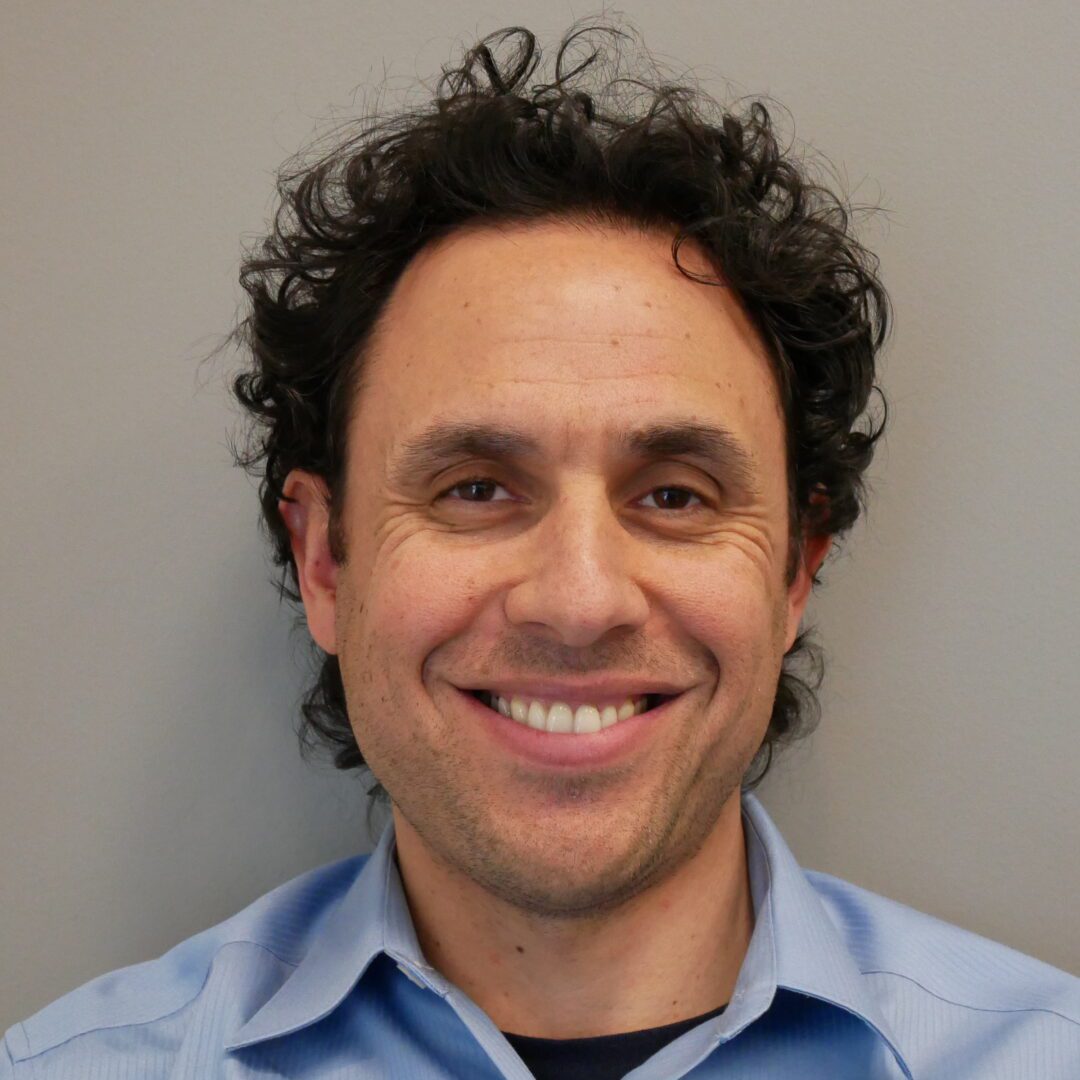
Bridging the gap
The PAEC Master Case Study reveals ways to accelerate advanced energy solutions.
The gap between the clean local energy future we need and where we are today is still wide. For the past 21 months, thePeninsula Advanced Energy Community (PAEC) Initiative, with grant support from the California Energy Commission, has been studying what we can do to bridge this gap and accelerate the deployment of Advanced Energy Communities (AECs). A newMaster Case Studyreport from the PAEC Initiative details measures that government agencies and utilities can take to help build this future as soon as possible.
AECs are communities that strive to meet zero net energy (ZNE) standards for the built environment, and that take full advantage of local renewable energy, demand response, Solar Emergency Microgrids, and electric vehicle charging infrastructure (EVCI). More than the sum of their components, AECs provide numerous benefits, including:
- Minimizing the need for new energy infrastructure
- Providing energy savings through ZNE
- Improving grid reliability and resilience
- Offering easier grid integration
- Modeling replicable and scalable solutions
- Providing affordable access to distributed energy resources and energy efficiency for all electricity ratepayers
The 31 reports that the PAEC Initiative developed studied challenges and best practices for deploying AECs – and detailed findings and tools to accelerate their deployment. An overarching mission of the PAEC Initiative is to provide models for deploying AECs that are replicable and scalable, so that communities around the country can benefit from the Initiative’s findings.
Fortunately, the state of California has already laid the foundation for clean energy project success. California has ambitious policy goals for greenhouse gas reductions and renewable portfolio standards, as well as a rigorous regulatory structure. What impedes progress at this point is primarily economic and policy barriers.
Economic barriers and tools
The PAEC Initiative studied ways to unleash investments in advanced energy solutions. Part of the problem is that these solutions often cost more than the conventional technologies they replace. To address this challenge, the PAEC Initiative conducted in-depth analyses about the value proposition of energy efficiency retrofits, renewable energy, ZNE retrofits, EVCI, and energy storage investments.
Valuing life cycle cost and resilience benefits realized over the life of the equipment or project, rather than just looking at initial costs, makes it easier to secure funding.
Energy storage projects in particular face headwinds. While prices for energy storage have fallen dramatically in the past few years, storage generally needs to do double duty – power conditioning, load shifting, peak shaving, spinning reserves, or backup power during blackouts – in order to justify the investment. The PAEC Initiativeconducted scenario analyses and ran financial modelsfor advanced energy solutions to help demonstrate the value of energy storage.
Policy barriers and solutions
In the policy area, the PAEC Initiative identified opportunities to streamline processes at the utility and municipal levels. OnePAEC studyfound that 82% of the advanced energy solution projects applying to Pacific Gas and Electric for electric grid interconnection approval were turned down or dropped out of the process. To address this low success rate, the PAEC Initiative developed a model interconnection checklist to help streamline costs, timelines, and documentation requirements for advanced energy projects. A similar permit streamlining process was recommended for the municipal permitting sector, to provide transparency and certainty to developers seeking permitting approval for their clean energy projects.
Also at the municipal level, the PAEC Initiative worked with dozens of cities, as well as with the County of San Mateo, to developmodel ordinances andgreen lease language. The intent was to craft ordinances and language together so that each jurisdiction would not have to develop their own from scratch.
Utilities and municipalities have important roles to play in developing AECs. Utilities ensure a safe, reliable electric grid. Municipalities lead the charge on Climate Action Plans. The PAEC Initiative worked with both sectors over the course of developing several reports and made recommendations that enhance their roles in the development of AECs.
Technical plans
Besides studying economic and policy barriers and solutions, the PAEC Initiative also developed technical plans for future AECs.
First out of the gate was aSolar Siting Surveythat discovered that San Mateo County has the potential for 65 megawatts of commercial-scale solar installations. The three types of locations that could host solar PV systems of 100 kilowatts or more are school rooftops, parking lots, and parking garages. For one of these potential sites, Hoover Elementary School, the PAEC Initiative modeled three scenarios for aSolar Emergency Microgridso that district planners could decide which configuration would best serve the community in the event of a natural disaster. All three Solar Emergency Microgrid scenarios would allow the school to run an emergency shelter for the community indefinitely.
PAEC also developed anEVCI Master Planto help San Mateo County determine the gaps that need to be filled. The new longer-range EVs that have recently hit the market have changed the focus for developing EVCI. What is needed now is charging stations at multi-unit dwellings, workplaces, and retail establishments, as well as near transportation corridors.
The big news from the PAEC Initiative is the plan for the Community Microgrid in Redwood City. This plan incorporates all the findings realized in the first part of the Initiative. Look for more details about the Community Microgrid Master Design coming soon.
PAEC Master Case Study overview
Downloadhere
PAEC is a groundbreaking initiative to streamline policies and showcase projects that facilitate local renewables and other advanced energy solutions like energy efficiency, energy storage, and EV charging infrastructure. PAEC will create pathways to cost-effective clean local energy and community resilience throughout San Mateo County, the City of Palo Alto, and beyond. PAEC is a collaboration between the Clean Coalition, the California Energy Commission, Pacific Gas and Electric, and an array of municipalities, emergency response jurisdictions, schools and universities, and corporate entities. For more information, please visit clean-coalition.org/PAEC.

